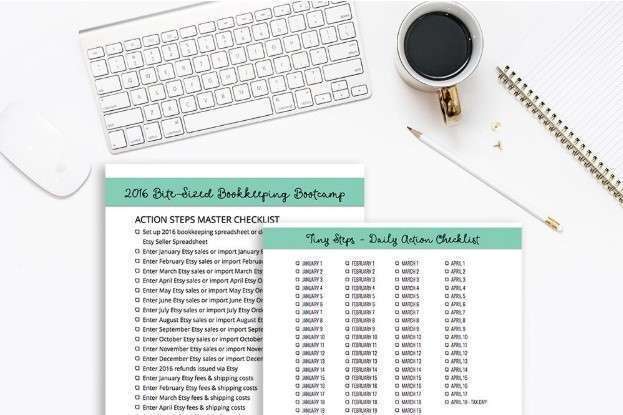
Each Square account has potentially different terms based on its history and trends. The debit to Accounts Receivable reflects the hope of eventually collecting all amounts due, including interest. If Butchko anticipated difficulty collecting the receivable, appropriate allowances would be established in a fashion similar to those illustrated earlier in the chapter. On March 31 a similar entry will be made to record the interest revenue earned in March. On February 28 a similar entry will be made to record the interest revenue earned in February.
- If the note life was months, we would divide by 12 months for a year.
- To calculate interest, the company can use the following formulas.
- The ability to raise cash in this way is important to small and medium-sized businesses, which may have limited access to finance.
- If the note life was months, we would divide by 12 months for a year.
- Below are some examples with journal entries involving various stated rates compared to market rates.
- When the investment in a note receivable becomes impaired for any reason, the receivable is re-measured at the present value of the currently expected cash flows at the loan’s original effective interest rate.
What is Accounts Receivable Collection Period? (Definition, Formula, and Example)
A business may lend money to an individual or to a customer. These loans are typically short term, due to be repaid to the business within one year. In this case, the current asset account Note Receivable is used to keep track of amounts that are owed to the business. Just as was the case with accounts receivable, there is a possibility that the holder of the note receivable will not be able to collect some or all of the amounts owing. When the investment in a note receivable becomes impaired for any reason, the receivable is re-measured at the present value of the currently expected cash flows at the loan’s original effective interest rate. A note receivable is an unconditional written promise to pay a specific sum of money on demand or on a defined future date and is supported by a formal Legal E-Billing written promissory note.

What is the maturity date of a note receivable and how is it determined?

Situation 2b – The company receives another note from the customer for the principal and receives cash for the interest only. On the maturity date, both the Note Receivable and Interest Revenue accounts are credited. Interest Revenue is credited because it is now earned, regardless of whether the company receives the cash. Note that since the 12% is an annual rate (for 12 months), it must be pro- rated for the number of months or days (60/360 days or 2/12 months) in the term of the loan. This journal entry causes the balance in Accounts Receivable to decrease and the balance in Note Receivable to increase. The same $1,000 that the customer owes is now classified as an interest-bearing loan rather than QuickBooks just aninterest-free amount owed on an invoice.
Ready to Experience the Future of Finance?
The following example uses months but the calculation could also be based on a 365-day year. The note has now been completely paid off, and ABC has recorded a total of $246 in interest income over a three-month period. The payee is the party who receives payment under the terms of the note, and the maker is the party obligated to send funds to the payee.

Understanding accounts payable vs accounts receivable
The payee is typically a business or creditor expecting payment on a specific date. The maturity date of a note receivable is the date on which the final payment is due. Accounting for the assigning or factoring of accounts receivable are topics that are typically covered in an intermediate accounting text.

What is the difference between an accounts receivable and a notes receivable?
- Before the relevant accounting period, estimate the proportion of annual revenue you expect to be unable to collect.
- When examining a company’s balance sheet, notes receivable are typically categorized under current or non-current assets, depending on the maturity date of the promissory notes.
- Among these, one customer with a $5,000 wants to convert the balance to a note receivable.
- Some companies will issue zero-interest-bearing notes as a sales incentive.
- Okay, so we have 2 things, we’ve got principal, if you’ve heard of loans, you’ve probably heard these terms before, you’ve got the principal of the loan and this is the amount that was loaned or borrowed, right?
The term of the note will be 90 days, what are notes receivable beginning on January 1. This means the interest on the note is earned in the January, February, March, and April accounting periods. Interest on a Note is generally recorded at the time the interest is earned.